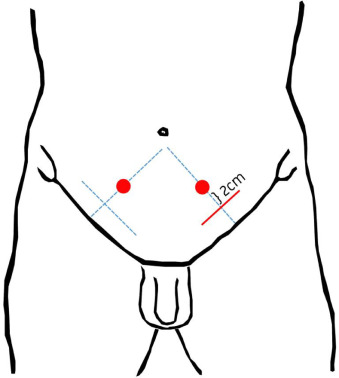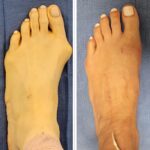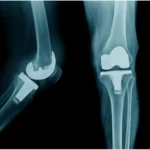Acute postoperative pain is a significant concern following open inguinal hernia repair. Effective pain management is crucial to enhance recovery, reduce complications, and improve patient outcomes. Understanding the causes, risk factors, pain mechanisms, and treatment options ensures optimal postoperative care.

Causes and Mechanisms of Postoperative Pain
Postoperative pain results from tissue trauma, nerve irritation, and inflammatory responses triggered during surgery. The primary sources of pain include:
- Tissue Disruption: Incisions and muscle manipulation cause localized pain.
- Nerve Involvement: The ilioinguinal, iliohypogastric, and genitofemoral nerves may be affected.
- Inflammation: The surgical site experiences an inflammatory response leading to swelling and pain.
Risk Factors for Increased Postoperative Pain
Several factors contribute to increased pain following open inguinal hernia repair:
- Surgical Technique: Extensive dissection may lead to more pain.
- Patient Factors: Age, pain threshold, and comorbidities affect pain perception.
- Previous Hernia Repairs: Scar tissue formation can lead to higher pain levels.
- Intraoperative Nerve Handling: Excessive nerve traction or damage exacerbates pain.
Pain Assessment and Monitoring
Effective pain management starts with thorough assessment using standardized tools:
- Visual Analog Scale (VAS): Measures pain intensity on a scale of 0-10.
- Numerical Rating Scale (NRS): Provides a quick and reliable pain score.
- Verbal Rating Scale (VRS): Categorizes pain as mild, moderate, or severe.
- McGill Pain Questionnaire: Assesses pain descriptors for a comprehensive evaluation.
Management Strategies for Acute Postoperative Pain
1. Pharmacological Interventions
Opioid Analgesics
- Morphine, oxycodone, and hydromorphone are used for severe pain but have side effects like nausea and dependency.
Non-Opioid Analgesics
- NSAIDs: Ibuprofen and ketorolac reduce inflammation and pain.
- Acetaminophen: Effective for mild to moderate pain, often combined with NSAIDs.
- Local Anesthetics: Bupivacaine or lidocaine infiltration at the surgical site provides prolonged pain relief.
2. Regional Anesthesia Techniques
- Ilioinguinal and Iliohypogastric Nerve Blocks: Reduce postoperative opioid requirements.
- Transversus Abdominis Plane (TAP) Block: Provides targeted pain relief in the lower abdomen.
3. Non-Pharmacological Interventions
- Cold Therapy: Reduces inflammation and numbs the affected area.
- Physical Therapy: Early mobilization prevents stiffness and chronic pain.
- Psychological Support: Cognitive-behavioral therapy (CBT) helps manage pain perception.
Prevention Strategies
- Enhanced Recovery After Surgery (ERAS) Protocols: Multimodal pain management improves outcomes.
- Preemptive Analgesia: Administering pain medications before surgery reduces postoperative pain.
- Minimally Invasive Techniques: Laparoscopic approaches may lower pain intensity.
Complications of Uncontrolled Postoperative Pain
Inadequate pain management can lead to:
- Delayed Recovery: Prolonged pain impairs mobilization and healing.
- Chronic Post-Surgical Pain (CPSP): Persistent pain lasting beyond three months.
- Increased Hospital Stay: Poor pain control may necessitate extended hospitalization.
Acute postoperative pain following open inguinal hernia repair requires a comprehensive management approach. Multimodal pain strategies, including pharmacological and non-pharmacological methods, optimize patient recovery and prevent complications. Implementing effective pain control measures enhances surgical outcomes and patient satisfaction.

